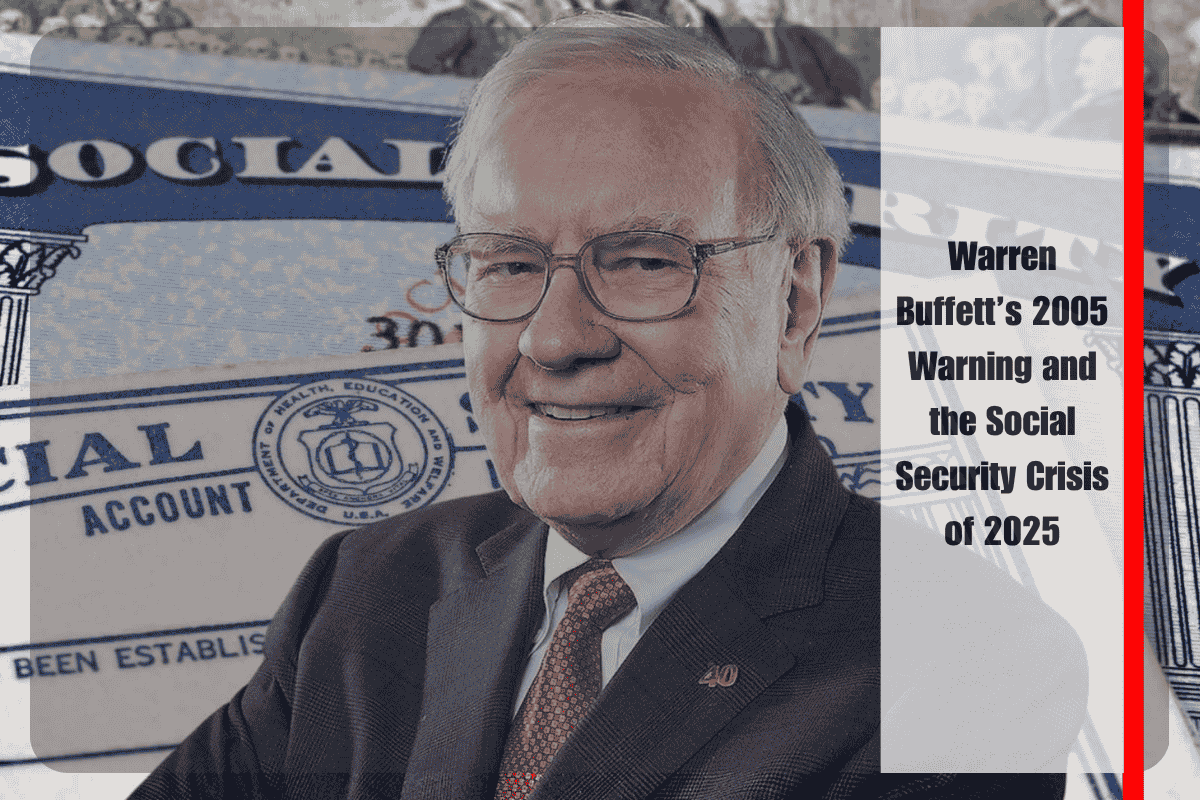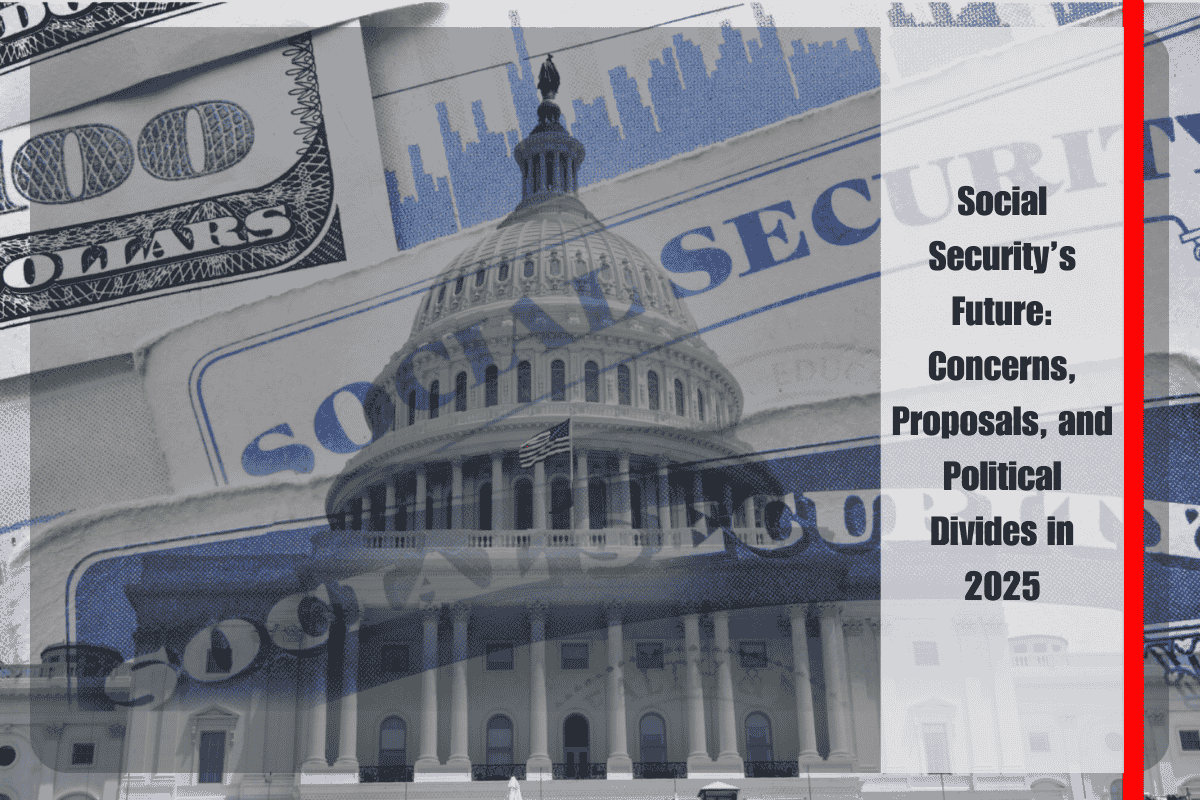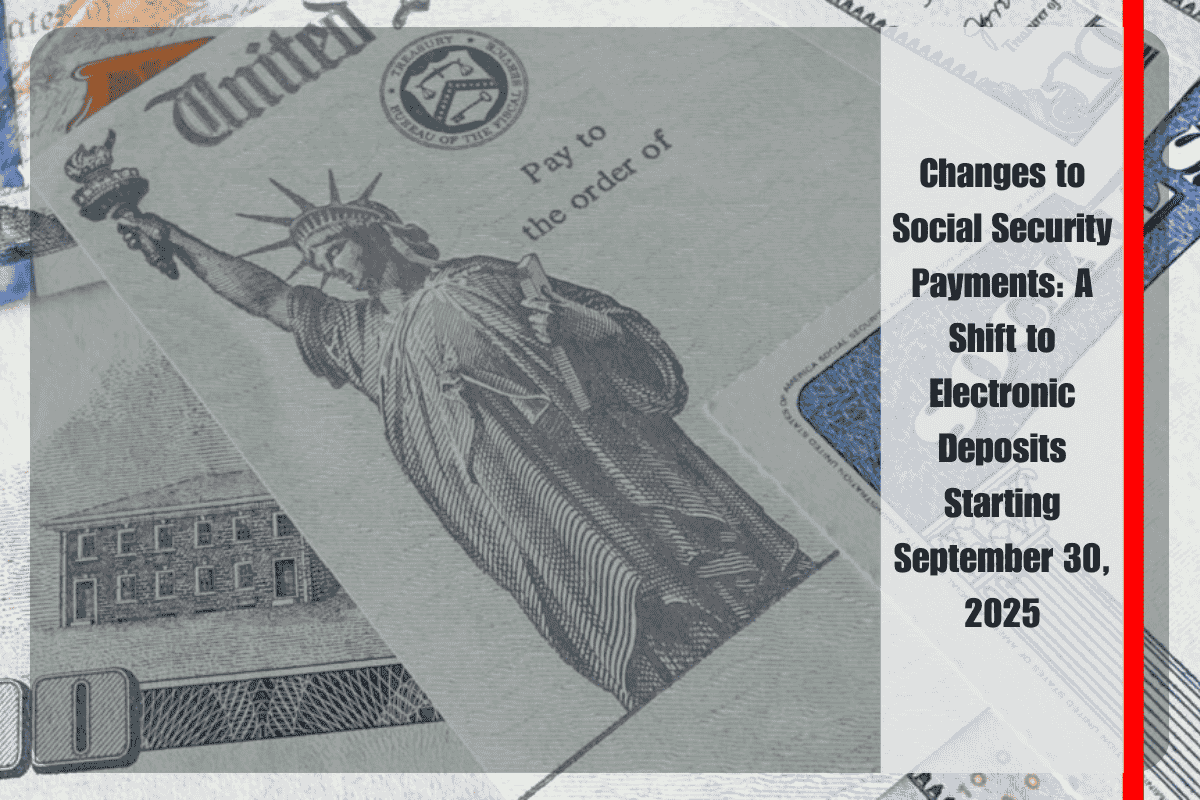Warren Buffett rarely gives warnings lightly, but at the 2005 Berkshire Hathaway annual meeting, he made one of his most direct moral declarations: “Anything that would take Social Security payments below their present guaranteed level is a mistake.”
Now, this warning is coming into sharp focus, as new projections reveal that the Social Security trust fund will be insolvent by the end of 2032. Once that happens, benefits will have to be slashed to match the incoming payroll tax revenue. For over 60 million Americans, this means automatic and immediate cuts, possibly up to 24% in the first year alone.
According to a report from the Committee for a Responsible Federal Budget (CRFB), a dual-earning couple retiring in early 2033 could see a benefit reduction of approximately $18,100 per year. Single-earner couples would lose around $13,600 annually, while low-income dual-earner couples could see a reduction of $11,000. Higher-income couples might face a loss of up to $24,000 annually. These reductions will affect all retirees, regardless of income or state, unless Congress takes action. If no reforms are enacted, cuts will begin the moment the trust fund is depleted, as Social Security operates on a pay-as-you-go basis, meaning benefits can only be paid from incoming revenue.
The official 2025 report from the Social Security Trustees offers a slightly more optimistic outlook, predicting insolvency by 2033. However, both projections point to the same unavoidable outcome: if no changes are made, benefit cuts are coming.
Buffett’s 2005 warning wasn’t just about numbers or funding ratios; it was a broader principle about trust. To Buffett, Social Security represented a moral contract: don’t break promises to the people who spent their lives paying into the system. More than 40% of Americans aged 65 and older rely on Social Security for 90% or more of their income, according to the Social Security Administration. For these households, a 24% cut doesn’t simply mean a tighter budget—it could lead to potential poverty.
Buffett has never endorsed cutting benefits. Instead, he’s advocated for lifting the payroll tax cap—currently set at $168,600 in 2025—so that high earners continue contributing on all income. He’s also supported gradually raising the full retirement age to reflect longer lifespans, while shielding low-income retirees from any benefit loss.
Several factors are accelerating the Social Security crisis, pushing the program toward its deadline faster than initially forecasted. Tax policy changes, such as those made by the One Big Beautiful Bill Act, have expanded the senior standard deduction and lowered tax collections on benefits, trimming future revenue and shaving a full year off the expected solvency timeline. Additionally, demographic pressures are intensifying: in 1960, there were 5.1 workers for every Social Security recipient. Today, there are just 2.7, and by 2035, the ratio is expected to fall below 2.2. Inflation-linked benefit increases, while necessary, further strain the system when paired with stagnant wage growth.
Social Security has not seen a major structural overhaul since 1983, when lawmakers raised the full retirement age and began taxing a portion of benefits. While targeted changes were made in 2025, including the repeal of the Windfall Elimination Provision and Government Pension Offset for public-sector retirees, no broad reforms have been passed to address the growing gap between what the program pays out and what it collects. Meanwhile, life expectancy, benefit payouts, and the number of retirees continue to rise.
Buffett’s warning, made two decades ago, was a call to preserve guaranteed benefits. In 2025, it reads like a headline ripped from today’s fiscal forecast. For Americans nearing retirement or already relying heavily on Social Security, consulting a financial advisor may be essential to identify strategies to offset potential gaps. While Congress debates solutions, those nearing the cliff may want to explore their options sooner rather than later.












